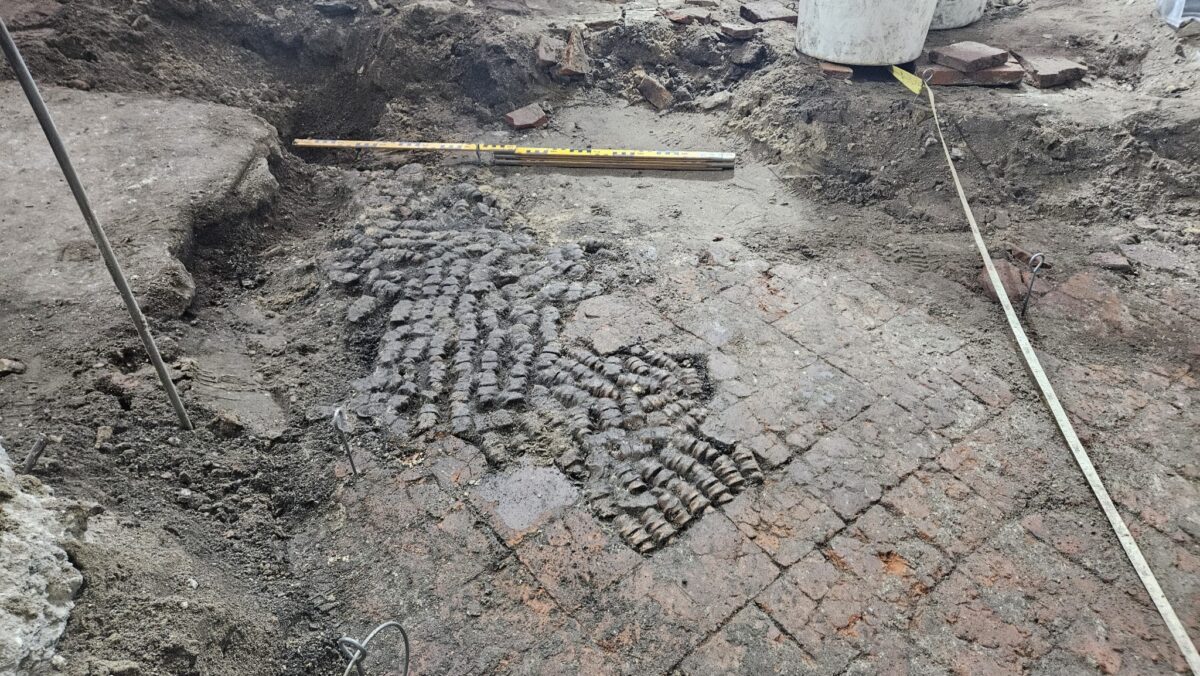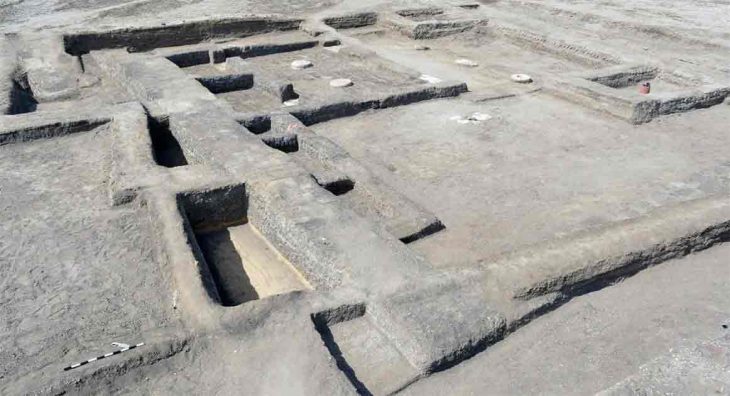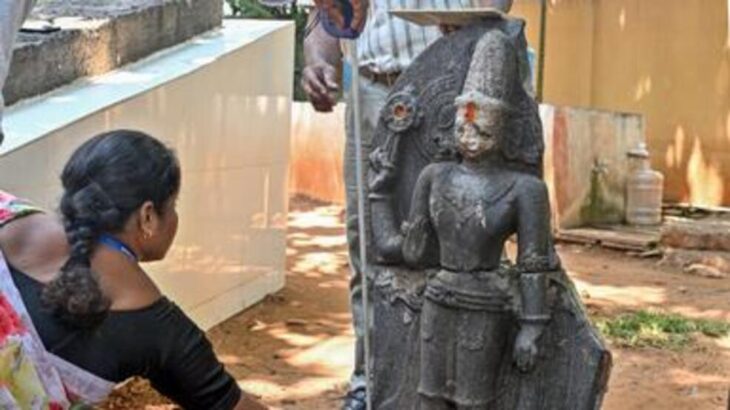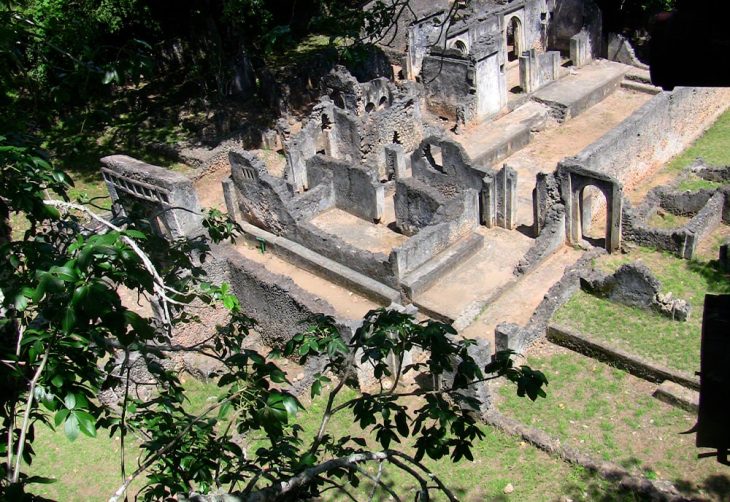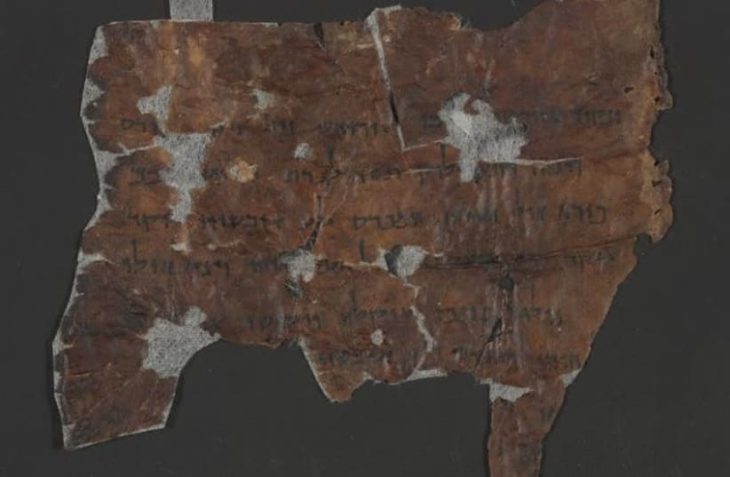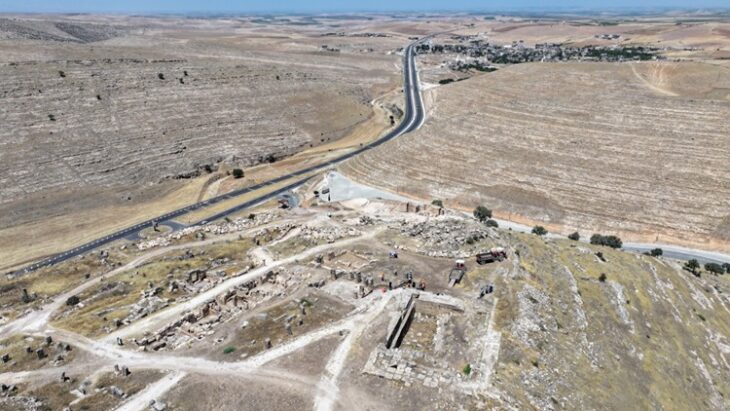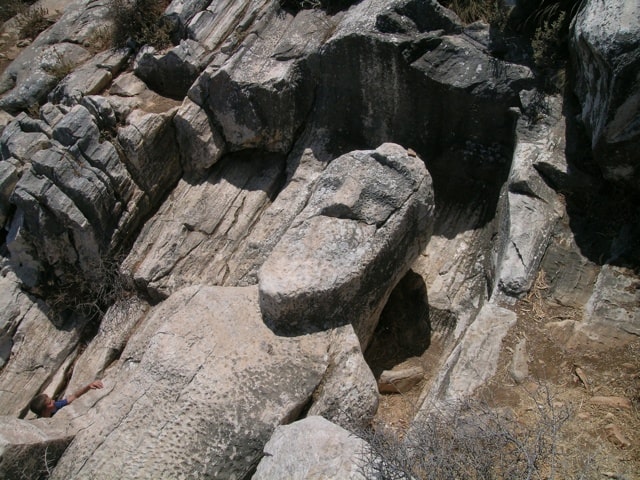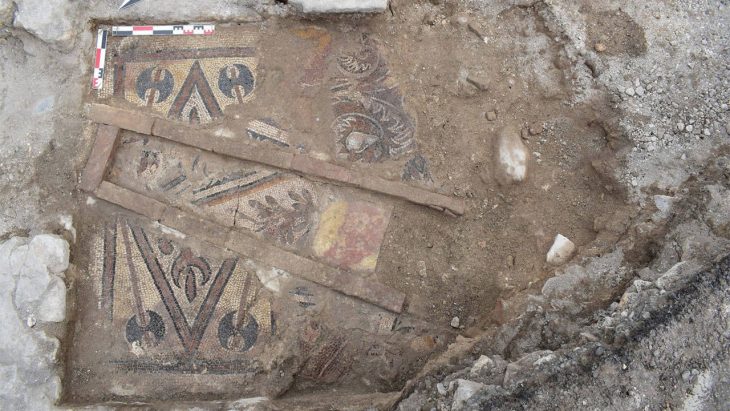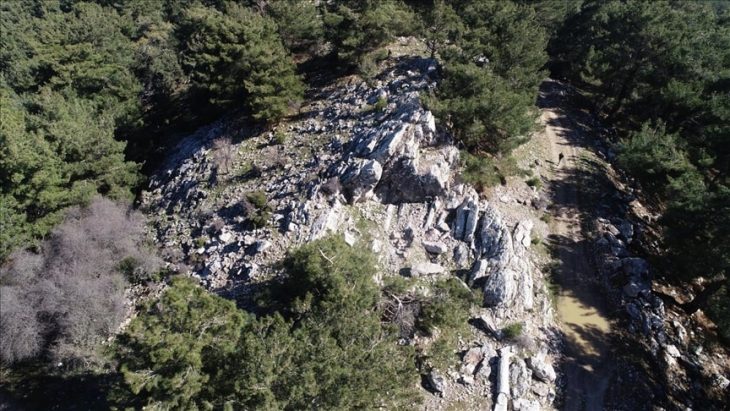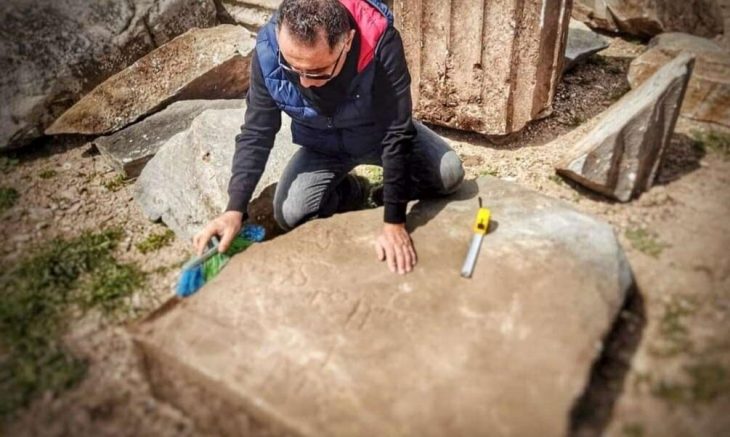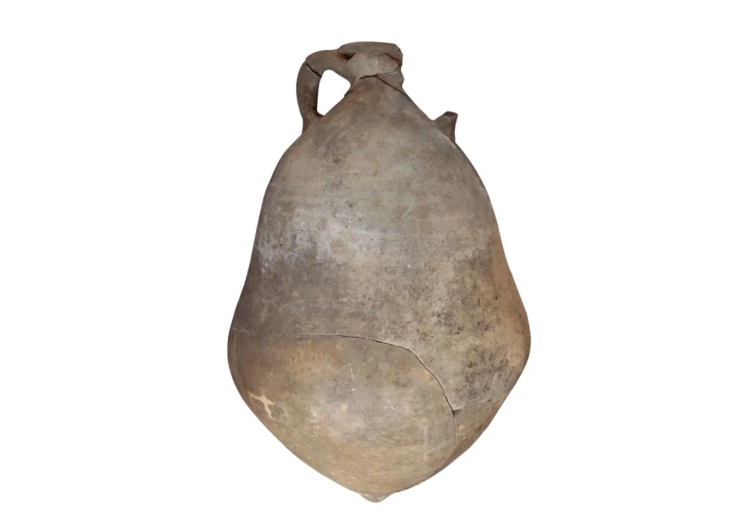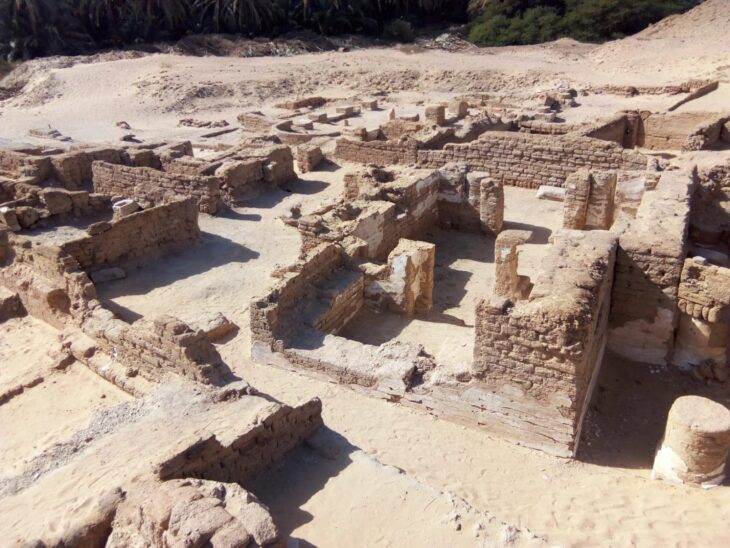Archaeologists found a part of a floor made of animal bones in Alkmaar, North Holland, the Netherlands. Experts are intrigued by the discovery, which was made in a building on Achterdam Street. It is the most recent instance of a type of floor that is rarely seen, even in the province of Noord-Holland.
Archaeologists were given access to the site to examine it during a renovation project, which led to the unusual discovery. Before long, they came upon what looked like the remnants of an ancient tiled floor that had been partially filled in with bones.
Cattle mid-hand and mid-foot bones were found in a pattern created to fill in spaces in an old tile floor. In order to create a discernible pattern, the bones were all meticulously cut to the same height. Some were arranged with their tops facing up, while others had their flat, cut sides facing upward.
Nancy de Jong, one of the archaeologists working on the project, said on behalf of team Archaeology: ‘We were very happy to get the chance to see this bone floor with our own eyes. Every time, it remains a privilege to uncover something from a bygone era and add new information to the history of Alkmaar.”
Although such floors are very rare, the discovery is not a first for northern Holland. What is interesting, however, is that they have only been found in North Holland. Previously such floors have been found in Hoorn, Enkhuizen, and Edam, and now in Alkmaar. In the Hoorn example, exactly the same thing seems to be going on and the vertically placed bones were also used in combination with a tiled floor.
📣 Our WhatsApp channel is now LIVE! Stay up-to-date with the latest news and updates, just click here to follow us on WhatsApp and never miss a thing!!
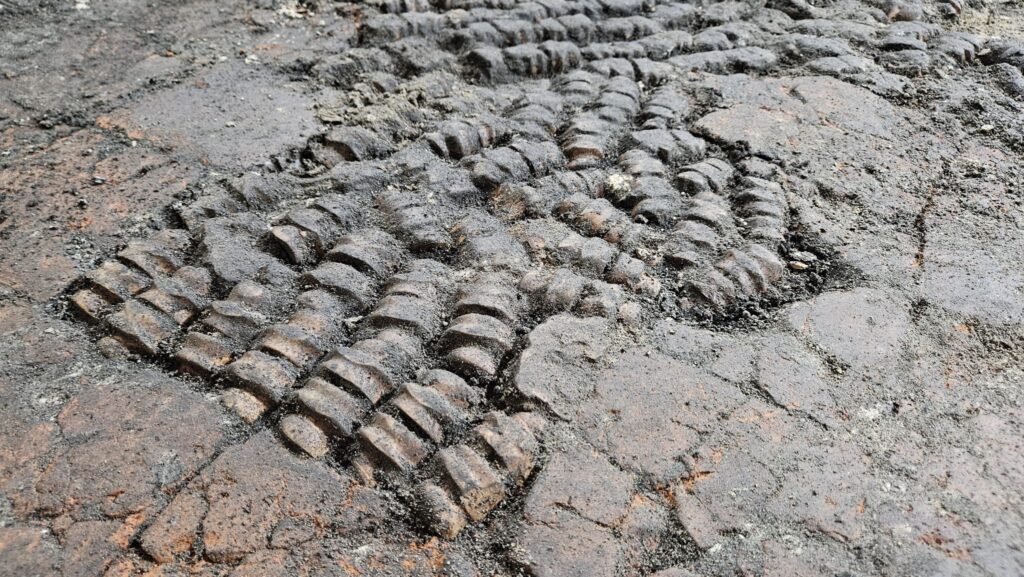
Although the precise date of installation is still unknown, the floor most likely dates from the 15th century. Since the present building on the property was built circa 1609, some experts speculate that it might have been built on the foundations of an earlier structure, which was a common practice at the time.
It’s still unknown why animal bones were used on the floor. According to archaeologists, the bones might have been selected for a particular purpose, perhaps connected to the occupations or activities that were conducted in the structure at the time. But it’s also possible that the bones were used as an inexpensive way to cover the spaces left by missing tiles.
Archaeologists will keep examining the site over the next few weeks to ascertain the floor’s complete size and whether additional examination of the bones can reveal more about its function. The discovery and its possible historical significance are of interest to the city’s heritage officials as well.
“The discovery of this floor is incredibly interesting. The work of our archaeologists is incredibly important, and I’m thrilled that they are regularly able to be involved in projects like this,” said Anjo Van de Ven, the local heritage councilor.
“In the historical city center of Alkmaar, it is crucial to treat the soil carefully. There are still many hidden stories waiting to be uncovered.”
Cover Image Credit: The bone floor in a building on the Achterdam, Alkmaar center. Photo: Team Archaeology, Municipality of Alkmaar

